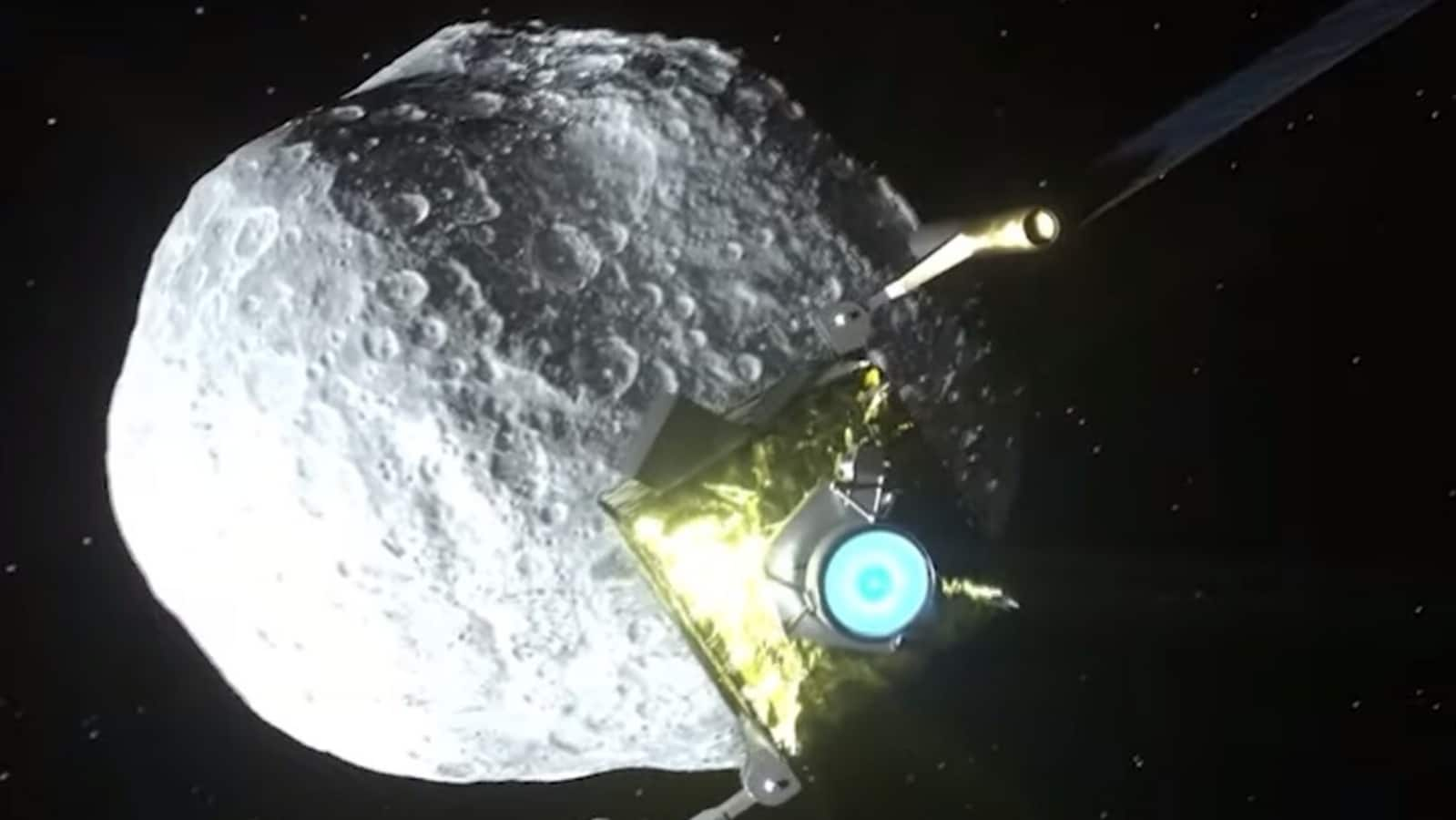Small pieces of space debris from an asteroid could head toward Earth and Mars after a POT The mission intentionally hit the asteroid with a probe a couple of years ago, a new study suggests.
Although these fragments could reach Earth in about ten years, they do not pose a threat to life. However, they could have caused the first meteorite Rain caused by human actions, according to Live Science.
On September 26, 2022, NASA conducted a mission in which its DART spacecraft intentionally crashed into the asteroid Dimorphos at a speed of about 24,000 km/h. This event took place more than 11 million kilometers from Earth and was the first test of human ability to alter the trajectory of asteroids that could endanger our planet.
The mission achieved great results. DART significantly altered the trajectory of Dimorphos, reducing the time it takes to orbit its companion, Didymos, by about half an hour. It also completely altered the shape of the asteroid. This demonstrated that using the kinetic impactor method could be a useful way to defend against it. Land of threatening asteroids.
After observing Dimorphos after the impact, researchers noticed that the collision had released a significant amount of debris into space.
Among the debris were many large rocks that scientists believe could eventually hit Mars. However, they do not expect any of these larger pieces to reach Earth, the publication adds.
In a recent study, scientists focused on the smallest fragments of the asteroid Dimorphos. They used a NASA supercomputer to evaluate data from the European Space Agency’s LICIACube spacecraft, which was observing the DART mission’s collision with Dimorphos.
Smaller fragments
Their simulations showed that many of these smaller fragments are expected to travel toward Mars or the Earth-Moon system.
“However, these faster particles are expected to be too small to produce visible meteors, based on early observations,” Peña-Asensio said. “Nevertheless, ongoing meteor observation campaigns will be critical to determining whether DART has created a new (man-made) meteor shower,” astrophysicist Eloy Peña-Asensio told Universe Today.
Disclaimer:
The information contained in this post is for general information purposes only. We make no representations or warranties of any kind, express or implied, about the completeness, accuracy, reliability, suitability or availability with respect to the website or the information, products, services, or related graphics contained on the post for any purpose.
We respect the intellectual property rights of content creators. If you are the owner of any material featured on our website and have concerns about its use, please contact us. We are committed to addressing any copyright issues promptly and will remove any material within 2 days of receiving a request from the rightful owner.

